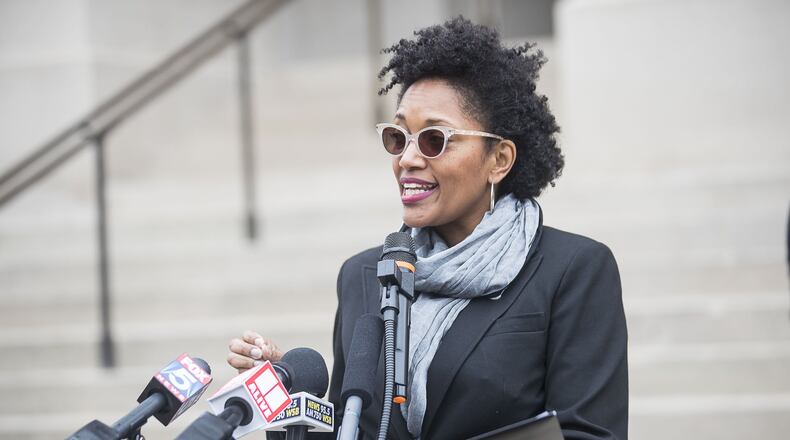For years, as uninsured rates rose and rural hospitals continued to close, Georgia leaders failed to act. Unfortunately, the state’s latest health care proposals fail to employ the best solutions to improve access to health care for Georgians, but there’s still time for state leaders to make crucial changes.
The state recently unveiled two new health care proposals aimed at combating Georgia’s ongoing health care crisis. The first plan focuses on Medicaid, and the second deals with the private health insurance marketplace (known as HealthCare.gov), where more than 417,000 Georgians purchase plans.
Gov. Kemp introduced the state’s plan for Medicaid by saying it focuses on the roughly 408,000 Georgians who make less than the federal poverty level — about $12,000 a year for an individual — and do not qualify for Medicaid coverage. By the state’s own estimate, in a best-case scenario only about 50,000 people will be able to gain insurance due to unprecedented eligibility requirements.
Some enrollees will be required to pay premiums and will lose coverage if they are unable to pay for three months in a row. Moreover, each month, enrollees will be required to report a minimum of 80 hours of work or a qualifying activity, like job or educational training. These burdensome requirements—which would apply to everyone, including caregivers and those with disabilities — are expensive to maintain, difficult to navigate and keep people from being able to enroll. In Tennessee, work reporting requirements cost $34 million per year to maintain, and in Arkansas, 18,000 people lost coverage in the six months following work requirement implementation.
This Medicaid proposal forces Georgians to work to get healthy, when it should be the other way around. It also leaves money on the table: the state could receive 90 percent of the funding to fully expand Medicaid, but the federal government only pays 67 percent for partial expansion. The state has requested the 90 percent rate but does not expect to receive it.
The second proposal, focused on private insurance, creates a reinsurance program that uses public funding to help cover some costs associated with people who have high health care expenses. However, it also moves Georgians away from using HealthCare.gov and forces consumers to buy their plans from web brokers or directly from insurance companies. Instead of using a centralized, unbiased platform, Georgians will have to rely on information provided by companies looking to increase profits. This proposal will also not require insurers to cover all the essential health benefits, like maternity care, substance abuse treatment or mental health care — and those who need comprehensive coverage may be forced to pay more.
Together, these two plans will cost the state about $215 million to cover an estimated 80,000 people. Compare that to about $213 million to fully expand Medicaid coverage to at least 490,000 Georgians. After years and millions of taxpayer dollars spent on study committees, task forces and research that all underscore that Georgians need help now, the state designed a plan that costs more to cover only a tiny fraction of those who would be able to access care under full Medicaid expansion.
While these plans are disappointing, they are not finalized. Until Dec. 3, Georgians have an opportunity to tell state leaders to do better via the public comment period. Comments can be shared at a public hearing or online. Right now, submitting a public comment or attending a public hearing is the most important action Georgians can take to ensure a healthier future for our state.
Taifa Smith Butler is executive director at the Georgia Budget and Policy Institute. GBPI is part of the Cover Georgia coalition. Learn more at CoverGa.org.
About the Author
Keep Reading
The Latest
Featured



